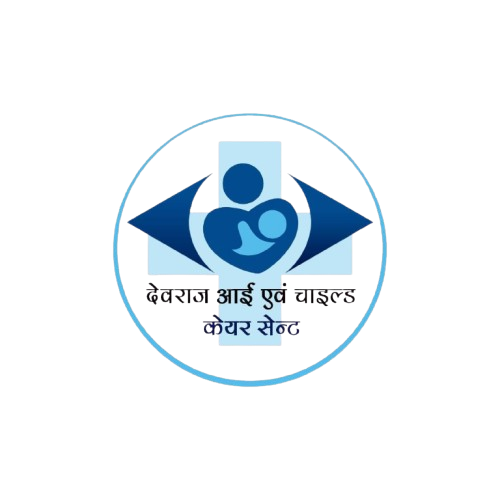Squint, or strabismus, is a condition in which the eyes do not properly align with each other when looking at an object. One eye may look straight ahead while the other eye turns inward (esotropia), outward (exotropia), upward (hypertropia), or downward (hypotropia). This misalignment can affect depth perception and can lead to amblyopia (lazy eye) if not addressed.
Causes of Squint
- Genetic Factors: Family history of strabismus can increase the likelihood of developing the condition.
- Nerve Issues: Problems with the eye muscles or the nerves controlling them can lead to misalignment.
- Vision Problems: Refractive errors, such as nearsightedness or farsightedness, can contribute to squinting.
- Medical Conditions: Conditions like cerebral palsy or Down syndrome may be associated with strabismus.
Symptoms of Squint
- Misaligned eyes
- Double vision
- Difficulty with depth perception
- Eye strain or discomfort
- Frequent squinting or tilting of the head to see clearly
Diagnosis
A comprehensive eye examination is essential for diagnosing squint. This may include:
- Visual Acuity Tests: Assessing how well each eye can see.
- Alignment Tests: Checking how the eyes work together and their alignment.
- Refraction Assessment: Determining the correct prescription for glasses, if needed.
- Cover Test: Observing eye movement while one eye is covered to assess alignment.
Treatment Options
- Glasses: Prescription eyewear can help correct refractive errors and improve eye alignment in some cases.
- Patching: Covering the stronger eye can help strengthen the weaker eye and improve overall vision.
- Vision Therapy: A structured program of eye exercises designed to improve coordination and focusing abilities.
- Surgery: In cases where non-surgical options are ineffective, surgery may be performed to adjust the eye muscles, helping to align the eyes properly.
Pediatric Considerations
Squint is particularly significant in children, as early detection and treatment are crucial for preventing long-term vision problems.
Importance of Early Detection
- Amblyopia Prevention: If strabismus is not treated, the brain may begin to ignore input from the misaligned eye, leading to lazy eye.
- Development of Binocular Vision: Proper eye alignment is essential for developing depth perception and normal vision.
Signs Parents Should Watch For
- One eye turning in or out consistently
- Excessive squinting or blinking
- Difficulty with depth perception (e.g., trouble catching a ball)
- Head tilting to see better
Conclusion
Squint (strabismus) is a common condition in children that can have significant implications for vision if not addressed. Early diagnosis and treatment are key to preventing complications like amblyopia and ensuring proper visual development. If you notice signs of squint in your child, it’s important to consult an eye care professional for a comprehensive evaluation and appropriate treatment options. Regular eye exams are vital for monitoring eye health and addressing any concerns early on.
